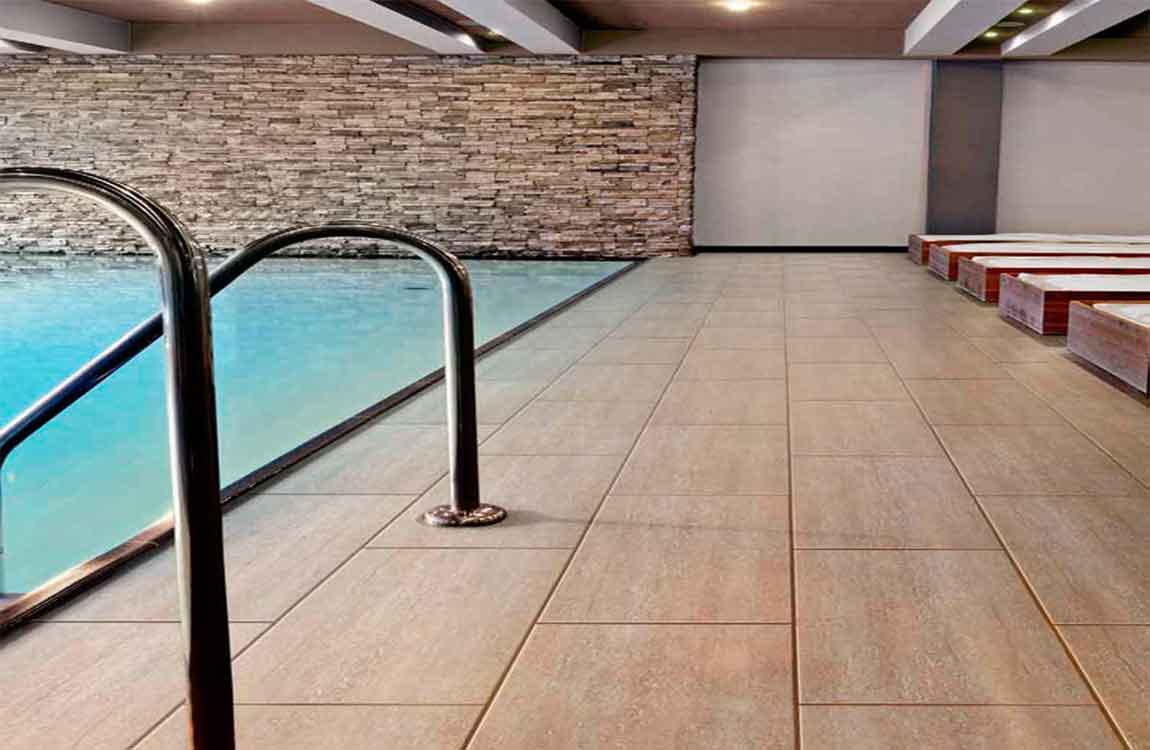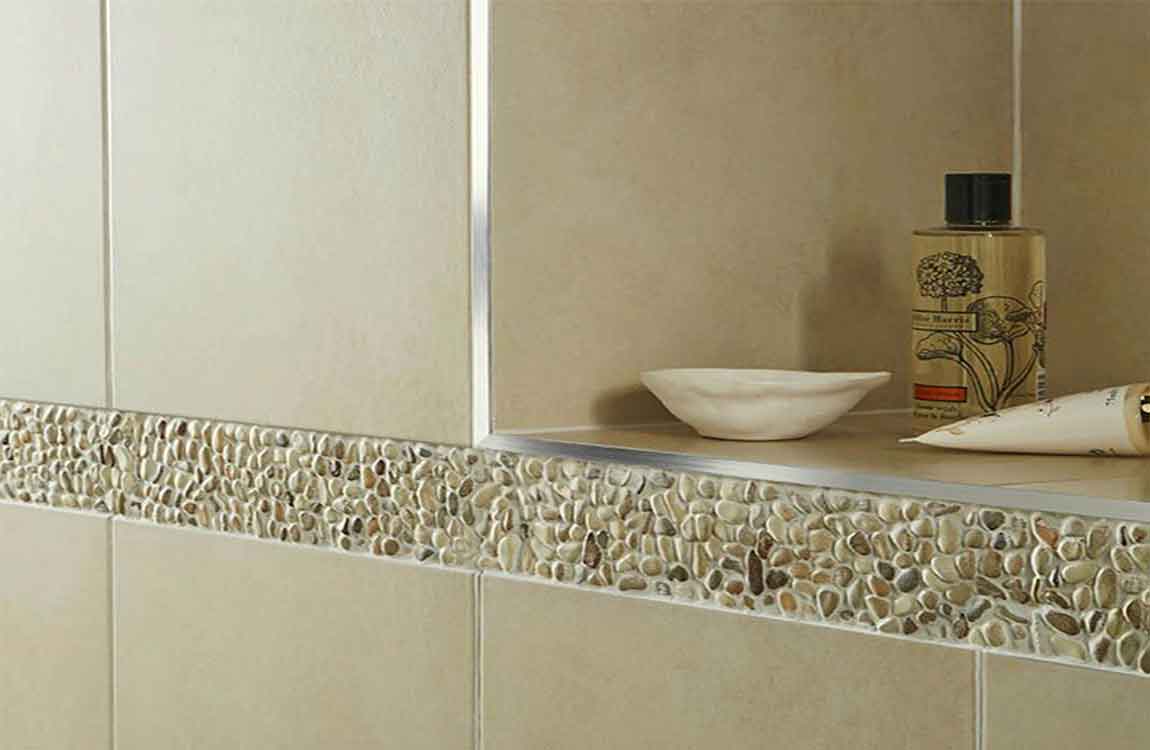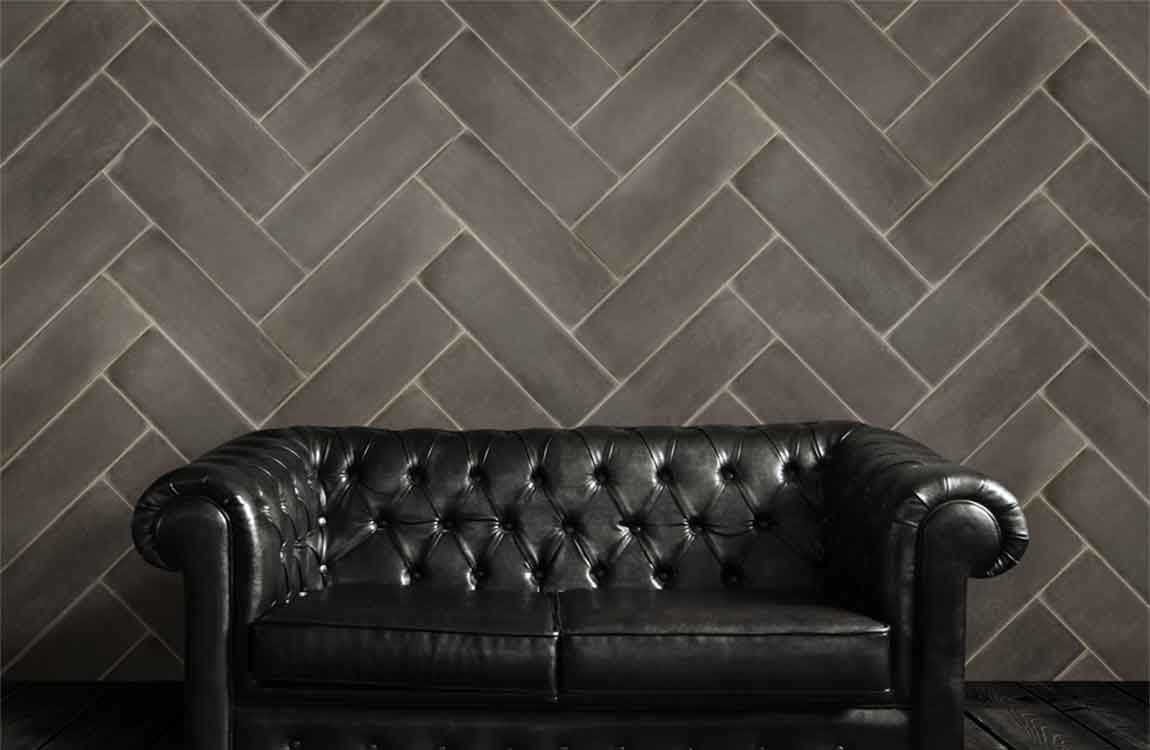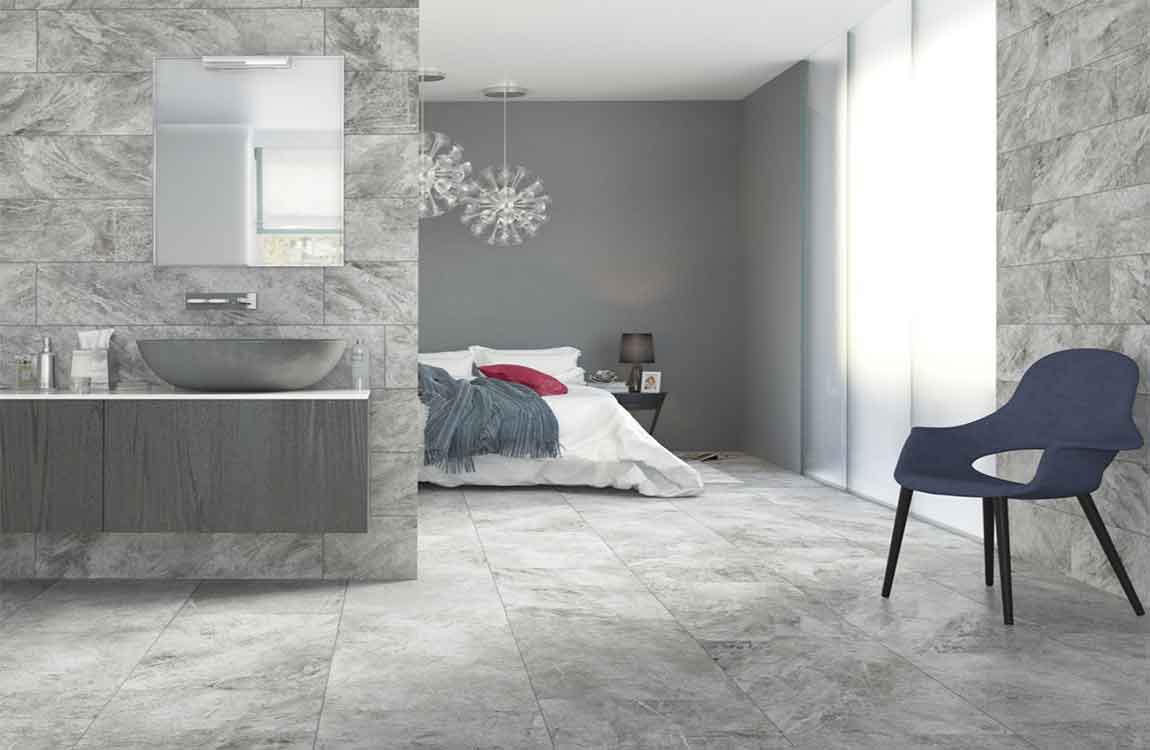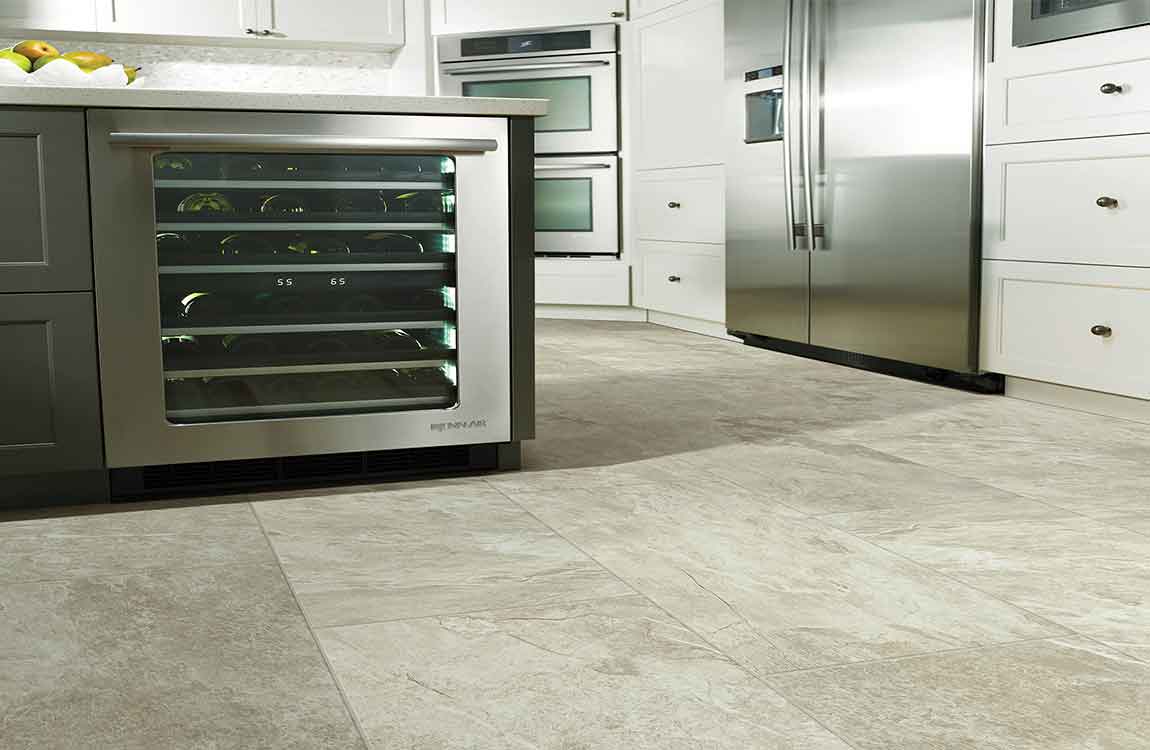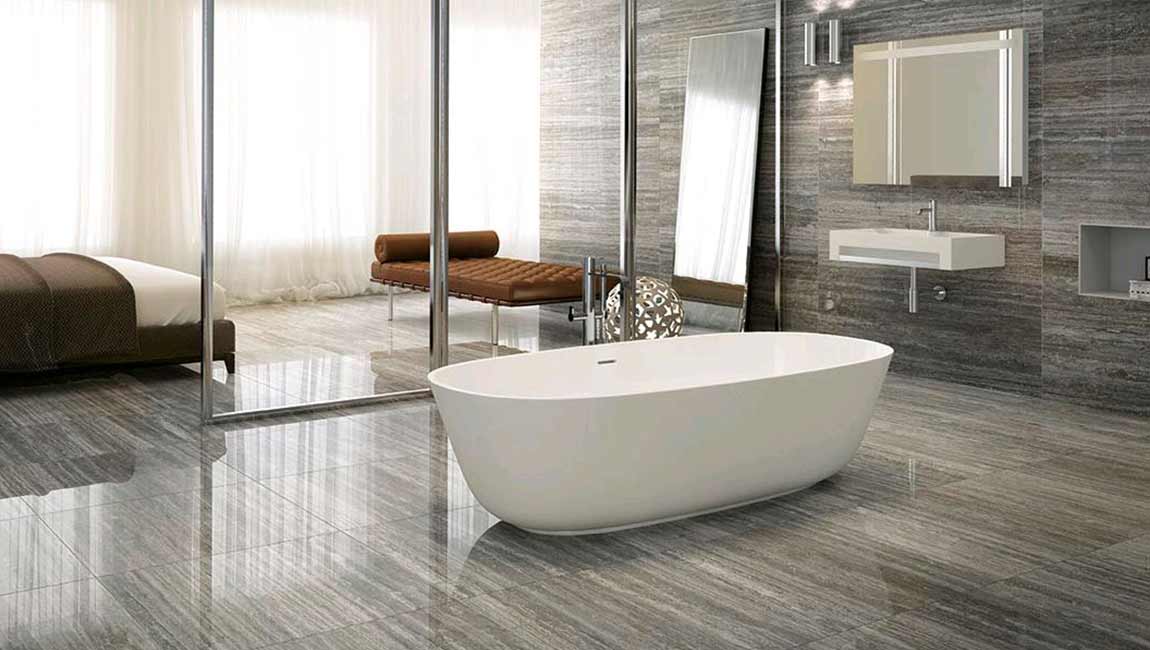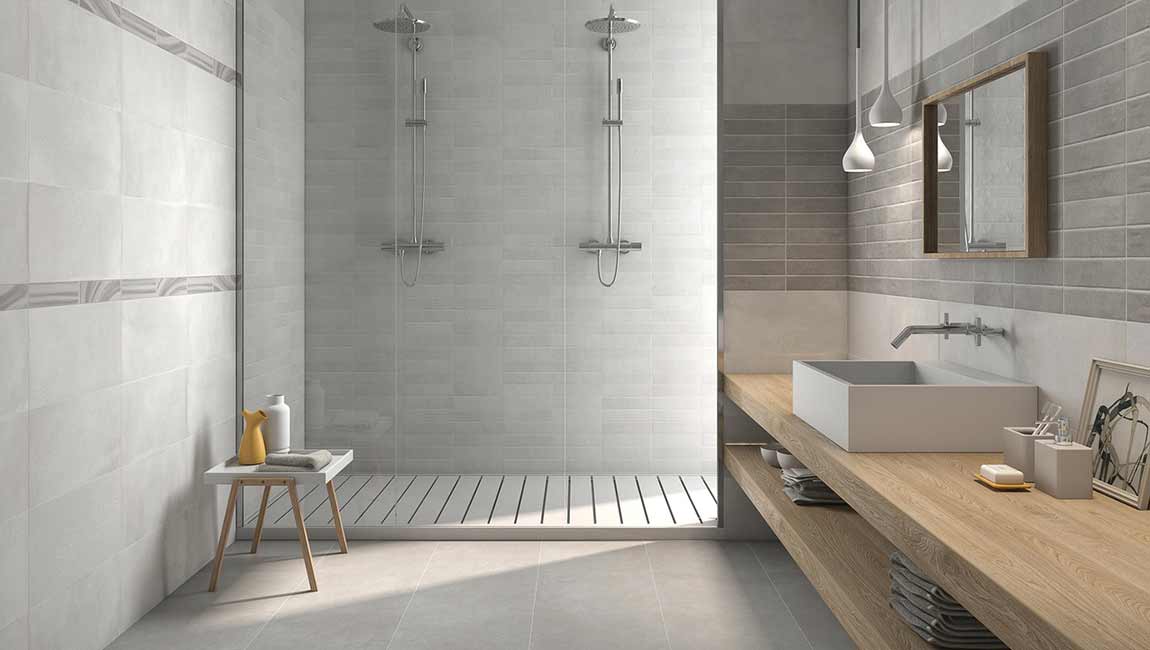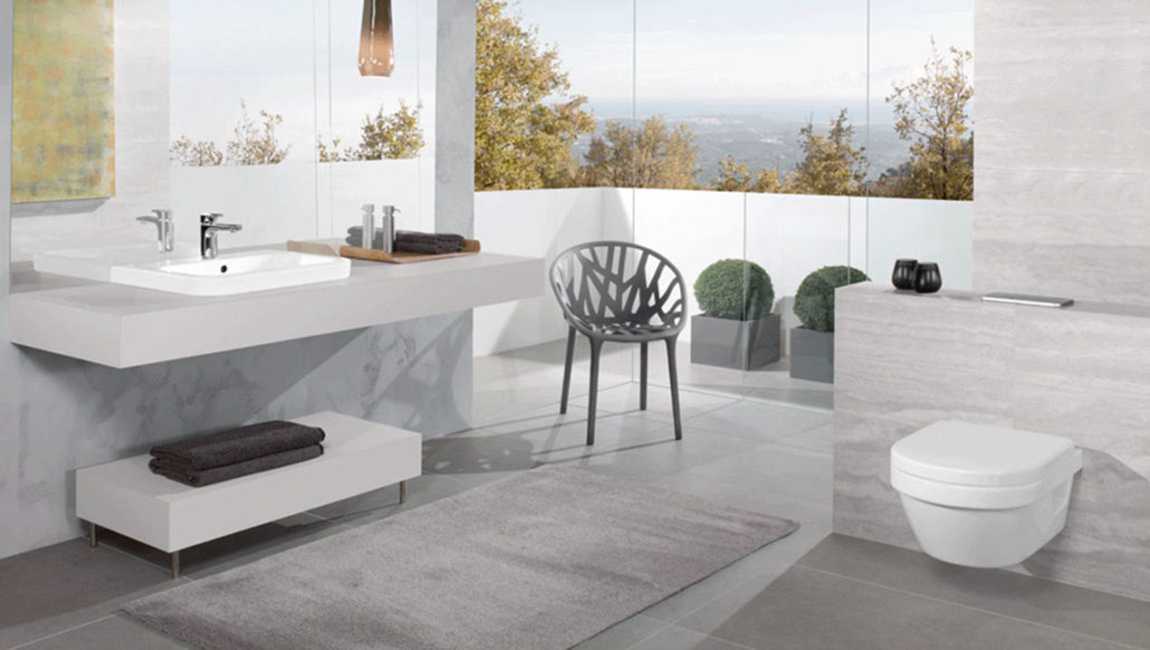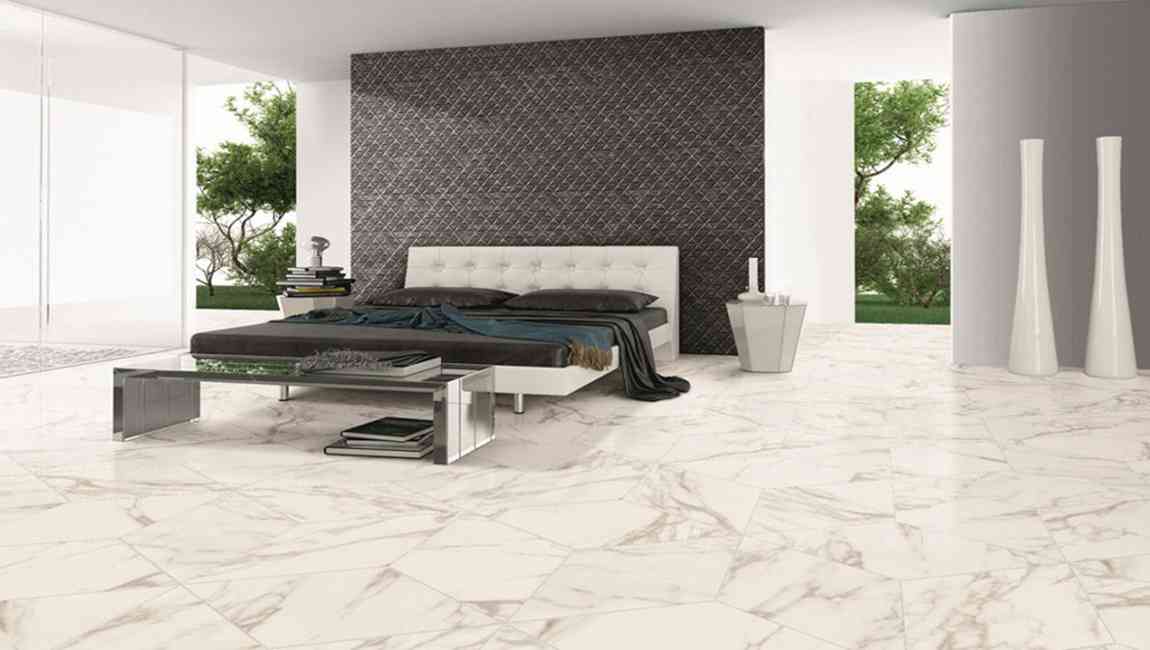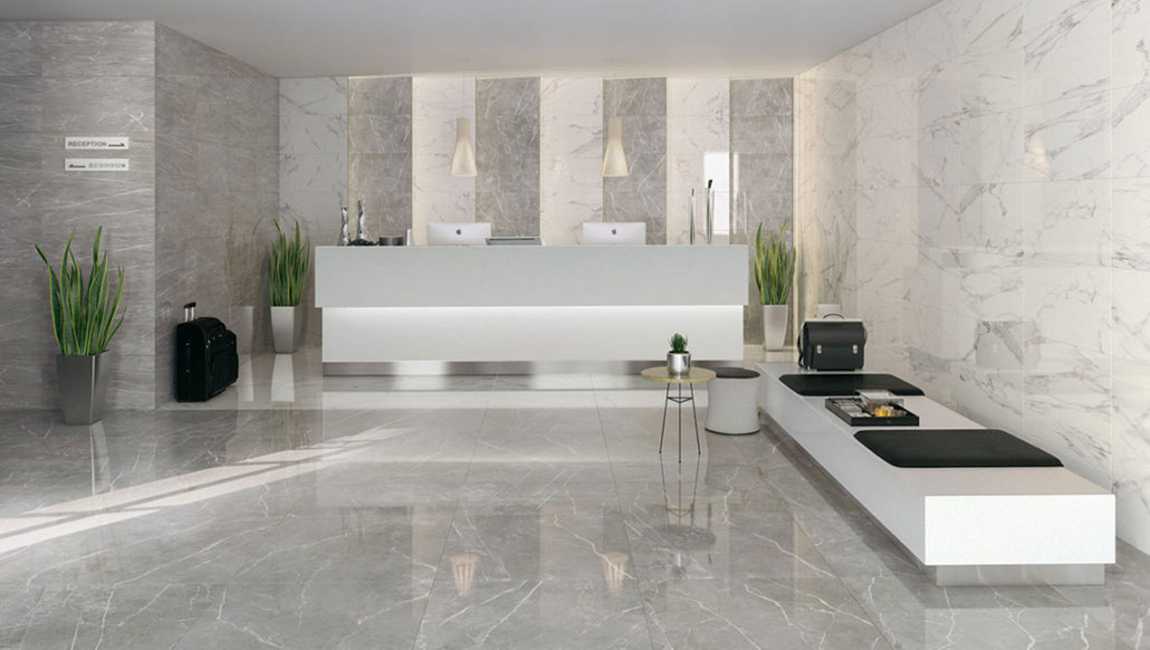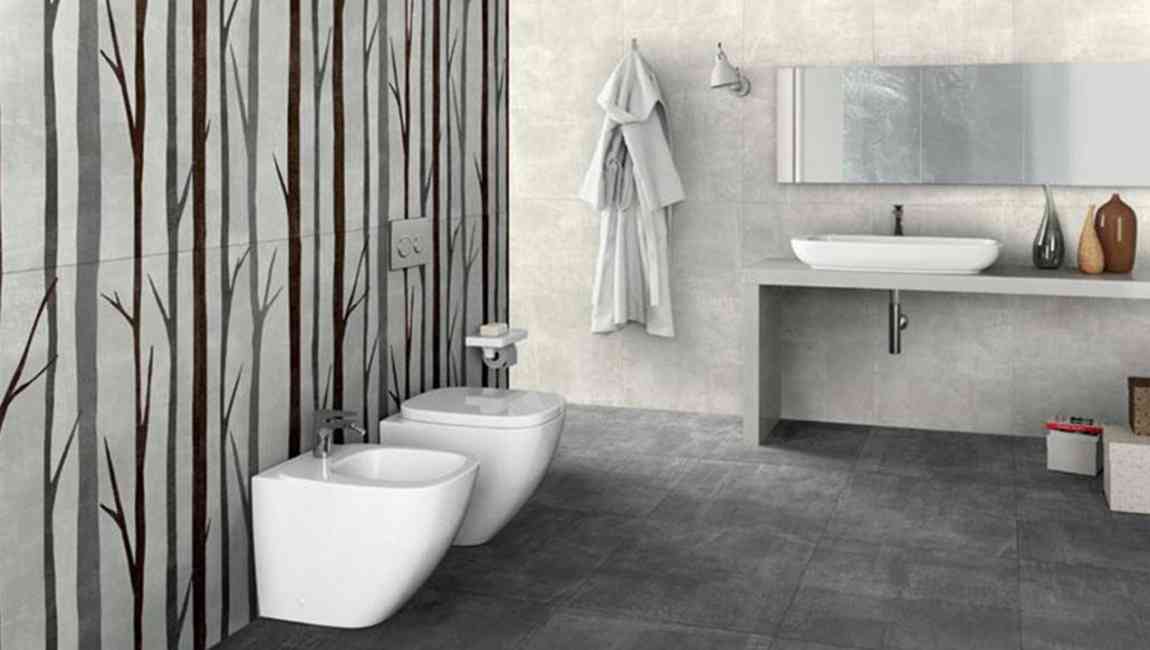How Using a Wet Saw Cut Tiles?
Choose a wet saw if you need to cut larger or thicker pieces of tile. Large tiles can be difficult to score deep enough to be snapped or nipped, but a wet saw can effectively cut through the thickest glass tile. Wet saws release a steady stream of water as the blade cuts to decrease friction and are more time-effective and have less of a chance of damaging glass tiles.
Wet saws allow you to cut squares out of larger pieces of tile quickly and evenly, but isn’t great for cutting curved or irregular shapes. You can rent wet saws from home improvement stores like Home Depot and Lowe’s for about $50 a day.
Use a glass tile blade on the wet saw to cut your tile. A glass diamond blade will create a smoother cut in the tile and ensure an even edge. Glass tile blades have a finer and softer blade, which means it will take longer to pass through the saw, but will result in a better edge on the glass tile pieces you cut.
Use a straightedge and washable marker to draw cutting guidelines. Washable markers are easy to clean up later, but will still draw clear lines for you to follow with your wet saw. Use a straight edge as a guide and form straight lines with your marker where you want to cut the glass tile. Make sure the lines are straight and even. You can always just wipe the marker away and form the lines again.
Put on rubber gloves for extra grip. Because the wet saw uses water to reduce friction and cool the blade, the glass tile could become slippery to hold with your hands. Use a pair of rubber gloves to increase your grip on the glass. Don’t use leather or fabric gloves because they’ll become soaked in water. Latex gloves work fine, too.


